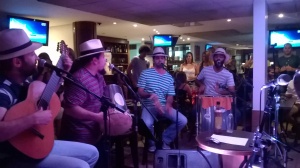
The Food and Agriculture Organization of the United Nations (FAO) declared 2024 as the International Year of Camelids, “aiming to build awareness of the untapped potential of camelids and to call for increased investment in the camelid sector, advocating for greater research, capacity development and the use of innovative practices and technologies” reads the statement from the organization.
Nutritional & health benefits for humans
Thanks to camelids products, including diary – milk and yoghurt, and camel meat – people eat healthy and are provided with key proteins, potassium, calcium and phosphorus, also boosting the immune system. The importance of camel milk in human nutrition lies in the fact that it is very similar to human milk , with a high level of water, proteins, minerals, lactose. As for medical properties and health benefits, some of the most common therapeutic uses of camel milk include its antidiabetic, antimicrobial, antihypertensive and anticholesterolemic effects as well as a great immune booster.
Lifeline for pastoralists in drought-affected countries
In arid and desert environments, camelids are resilient and they keep producing milk during drought conditions. In drought-stricken areas of the world, where continuous drought decimates cattle, sheep and goat populations, only the camel survives and continues to produce milk. This constitutes a lifeline for pastoralists, as a 50 % of their food intake comes directly from camel milk.
Camels Population & where to be found
In the world there are approximately 35 million camels, of which 1 million are Bactrian (two-humped, called camels) and the remaining are dromedary (one-humped). 86 % of dromedary camels are found in Africa, with the largest population in East and Central Africa (Somalia, Djibouti, Sudan, Ethiopia and Kenya). Africa is the major producer of camel milk in the world and it accounts for 90 % of the global fresh whole camel milk production.
SDGs related goals
In terms of the United Nations Sustainable Development Goals and Agenda 2030 for a more inclusive, peaceful, just and equal world, camelids, their dairy products, the nutritional intake on humans, nomadic and pastoralist lives and the resilience of both humans and animals to handle climate change shocks, can contribute to SDG 1 eliminate poverty, SDG 2 end hunger, SDG 3 good health and well-being, SDG 5 gender equality and the empowerment of women and the women economic sector, SDG 8 decent work and economic growth, SDG 9 industry, innovation and infrastructure, SDG 10 reduced inequalities, SDG 12 responsible production and consumption , SDG 13 (building resilience to climate change) and climate action, and SDG 17 Partnerships for the goals.
Meet the Founder of The Camel Coffee Shop in Djibouti
Come to visit Djibouti, one of the smallest countries in the Horn of Africa, home to many different cultures , many different flavors and languages. With a population of 1 million people, it is a Crossroad of Cultures – Ethiopia, Yemen & Somalia, all gracefully living together in harmony and peace, in communities and dialogue, speaking French, Arabic, Somali, Afar languages.
Together, for instance, they sip Ethiopian coffee and taste Ethiopian injera. They rejoin with Yemeni fish and Arabic pita bread.
In Heron, one of the neighborhood of Djibouti, The Camel Coffee Shop opened in 2022 (check out the website, as well as Instagram and Facebook pages) .
It is the very first unique concept store in Djibouti, where Djiboutian culinary heritage is valued, brought up-to-date and revisited by the founder.
Ayanne runs the business, with local production of milk from three female associations who own camels at the border with Somalia, in rural areas. Ayanne accompanies the pasture process, making sure that camels eat healthy food, and then, the female associations dispatch the camel milk (in French, lait de chamelle) at the camel coffee shop, twice per day, in the mornings & in the evenings.
Ayanne is a strong resilient and impactful woman in Djibouti, who cares about the environment & the health of its customers. “Many Djboutians suffer from diabetes. Research and reality have shown us the beneficial effects of camel milk in human bodies, as diabetes stabilizes but never worsens” she says. She truly embodies women economic empowerment through the camelid sector, working with women and thriving together, through women associations, ensuring sustainable jobs and economic growth of the country. At the Camel Coffee Shop in Djibouti, words become practice and reality. The International Year of the Camelids is felt each and every day.
Cultural identity, Powered
Ayanne speaks about “returning to the Source, to the essence of Who We are, as Djiboutians” . If Culture passes by our food, we shall recognize, value and highlight the role of camel milk and local products in our diets” she affirms. ” We are what we eat, therefore we shall acquire the taste of our ancestors, who lived longer lives because they ate healthier food, from the Earth, and not processed food, with many preservatives and sugar, called junk food” she continues. The strong link of the Earth with the Food can be seen in human adaptations to climate shocks.
“People know what is good for them. They just need a little bit of guidance on healthy nutrition, coupled up with education on culture and our wonderful identity. Eating Local is always the best choice” she concludes.

For the first time in Djibouti, she makes Camelccinos (cappuccinos with camel milk) , Camellattes (macchiato camel milk) Camelshakes banana, oreo, strawberry, mango (milshakes camelmilk) and Shaimelle (shai with camel milk).
To accustom the tastes of all clients, Ayanne has thought of “revisiting and adapting” recipes so that people get curious about trying camel milk and local Djiboutian products, including sorghum bread with cardamom and raisins, her special recipe.



As for traditional Djiboutian food, Ayanne brought local products back to life, which are very old seeds, including millet and sorghum.
Thank you & Welcome to Djibouti!
References/Sources:
Recent advances on camel milk: Nutritional and health benefits and processing implications—A review
International Year of the Camelids website 2024- FAO
FAO Official Logo and Presentation of the IYC2024, downloadable on this link
Spread the word about the #YearofCamelids and #IYC2024 on social media and in your communities throughout 2024 and beyond.

Start X on FAO, FAO Knowledge FAO News!
To get inspired, check out the FAO International Year of Camelids 2024 Trello Board!
Photos from the Digital FAO Library, an online journey that leaves you open-mouthed
Yours,
Gaia
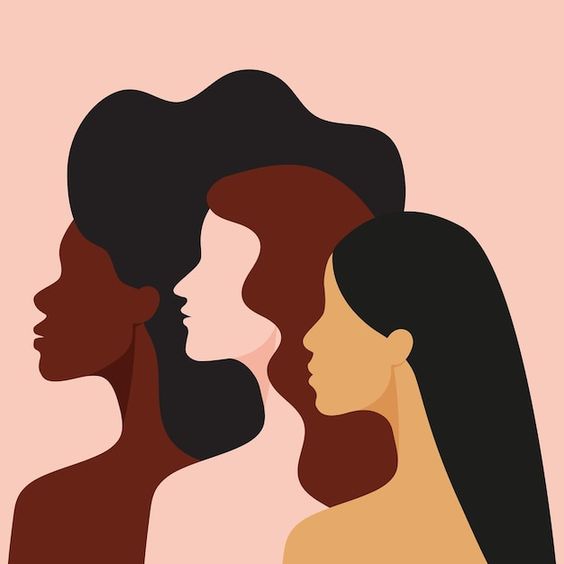




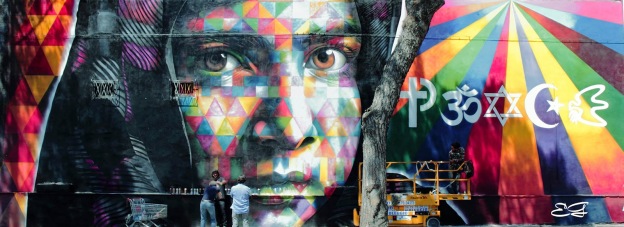


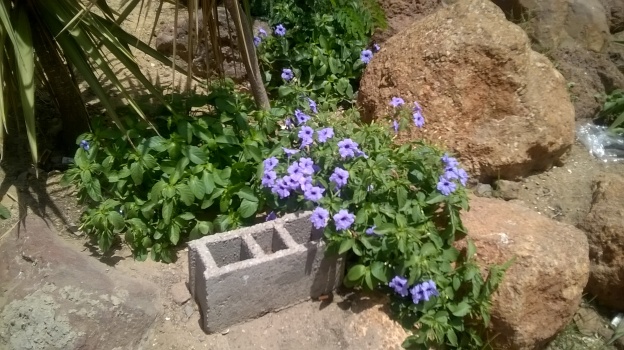
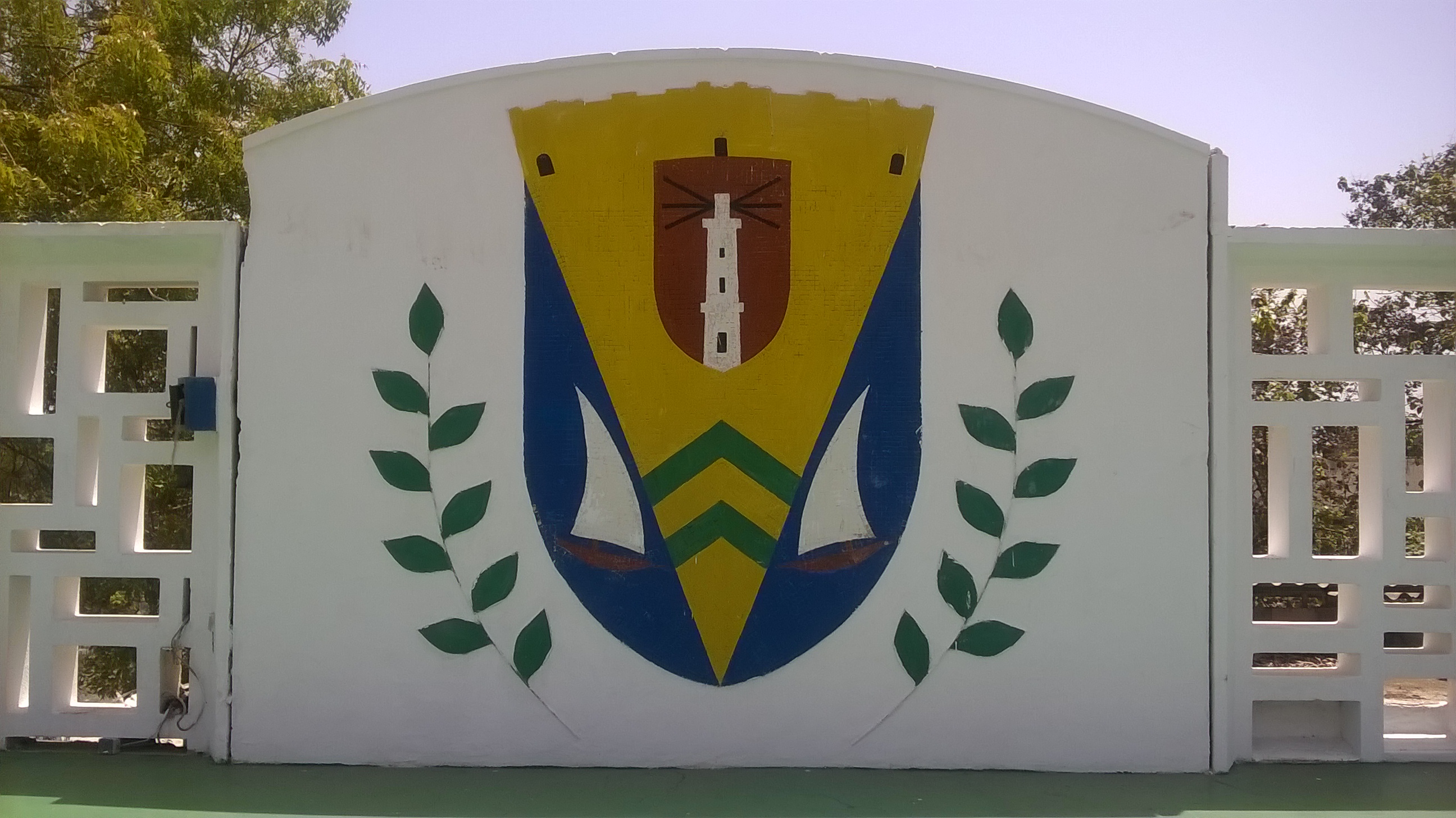 Coat of arms of Dakar, Senegal
Coat of arms of Dakar, Senegal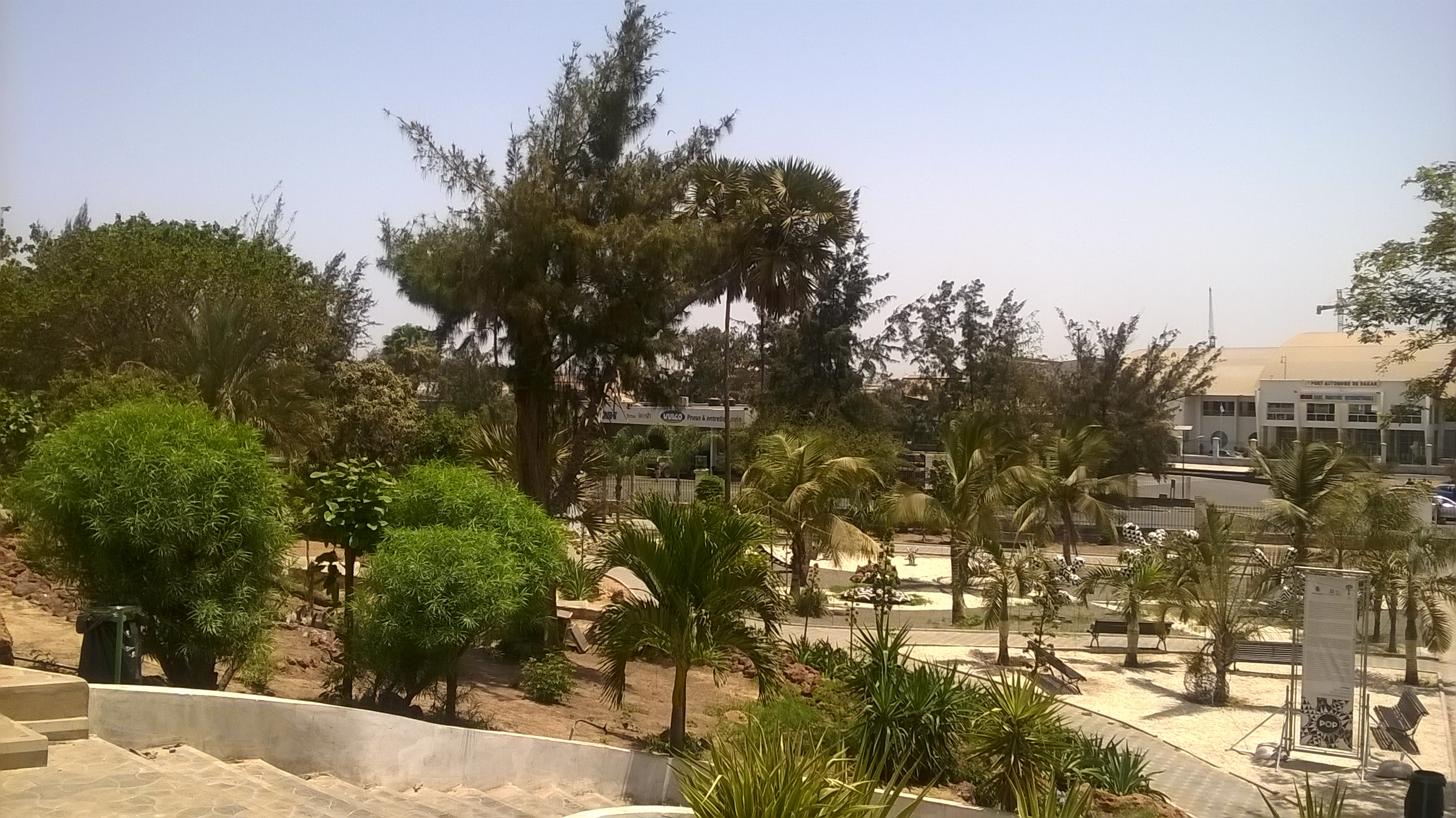 Park inside the Town Hall in Dakar, Senegal
Park inside the Town Hall in Dakar, Senegal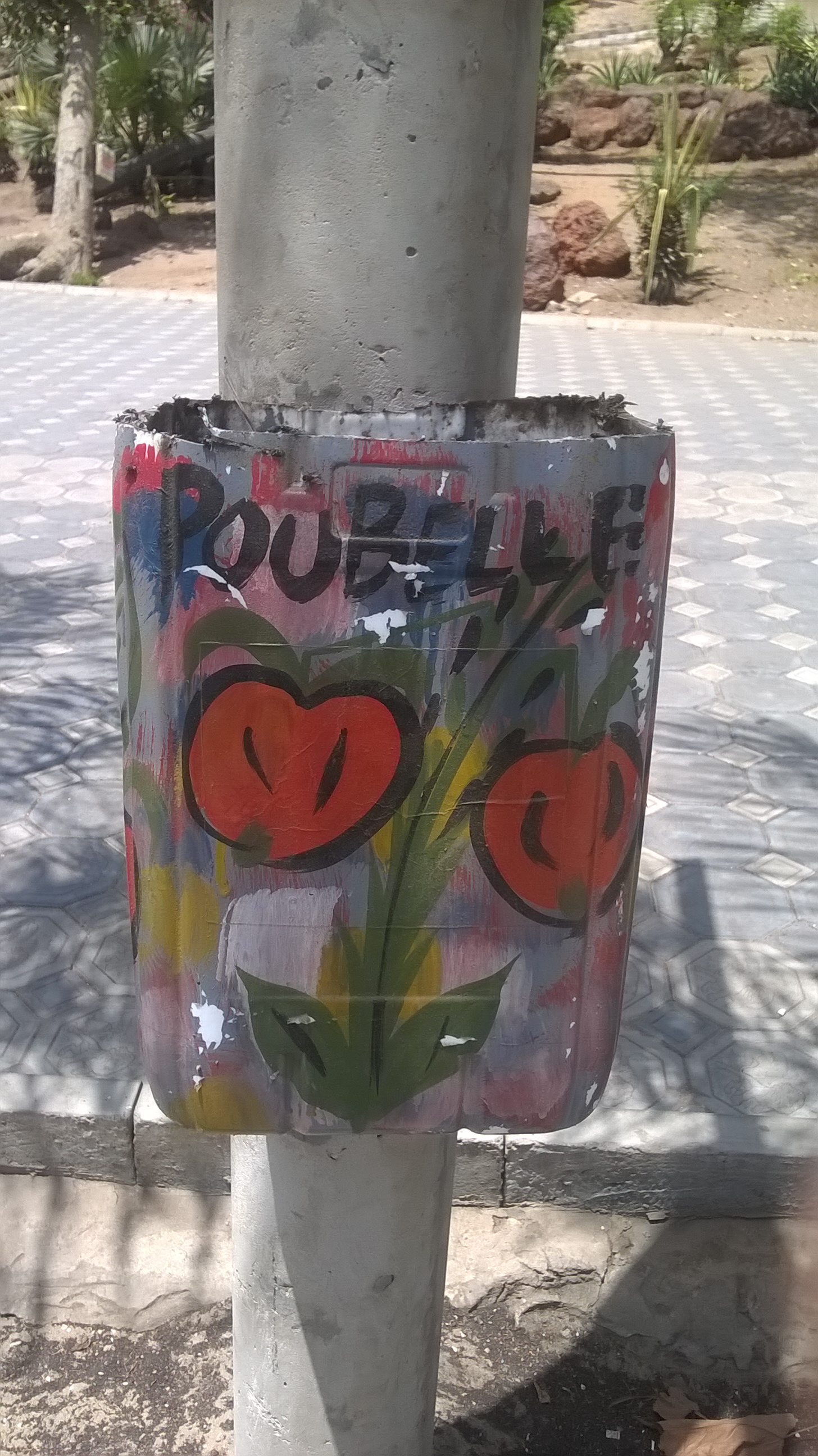 A good practice of setting up trash bins in public areas, park of the Town Hall in Dakar
A good practice of setting up trash bins in public areas, park of the Town Hall in Dakar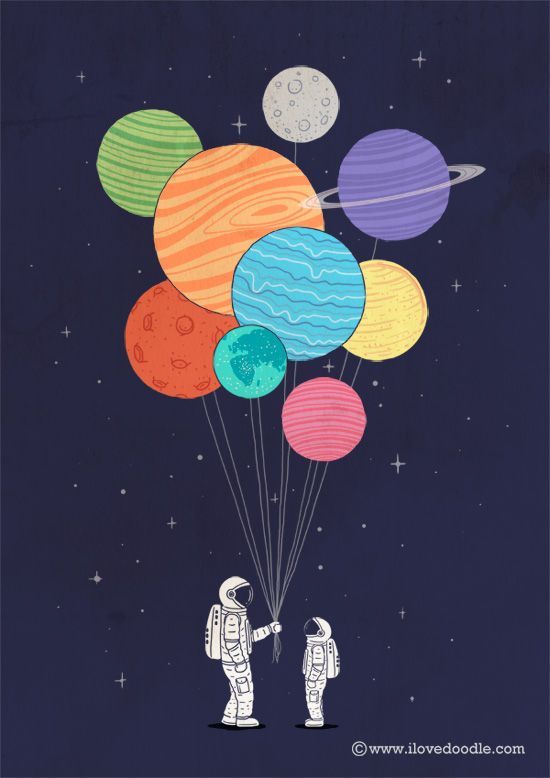


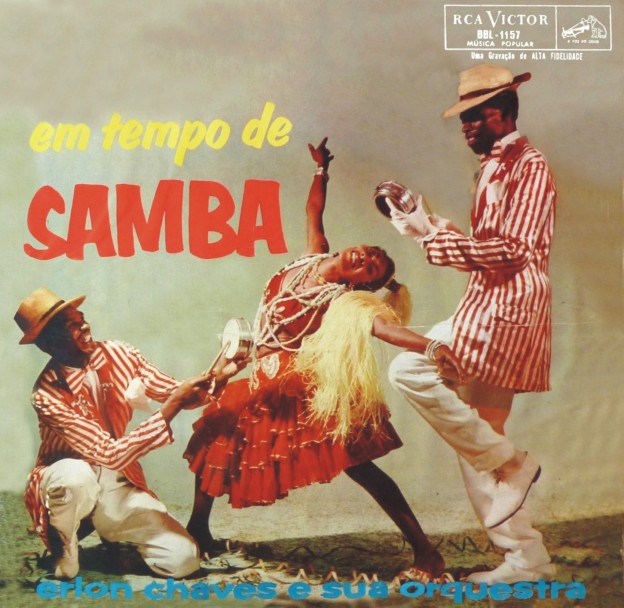

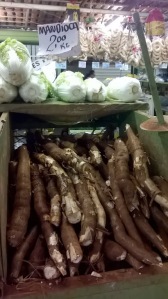
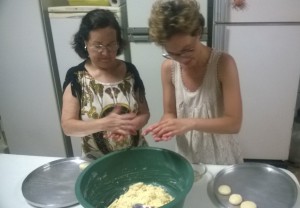
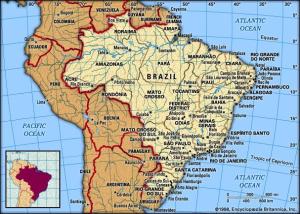
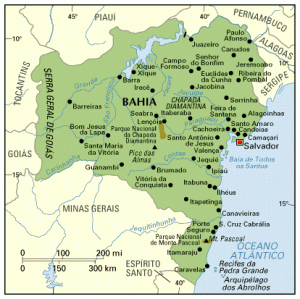
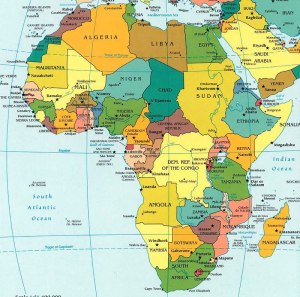
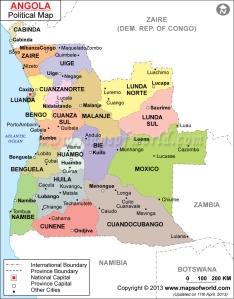

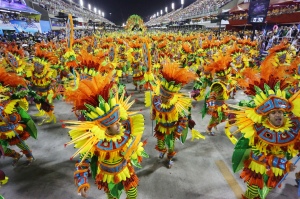
 various types of guitar, and various percussion instruments such as
various types of guitar, and various percussion instruments such as 